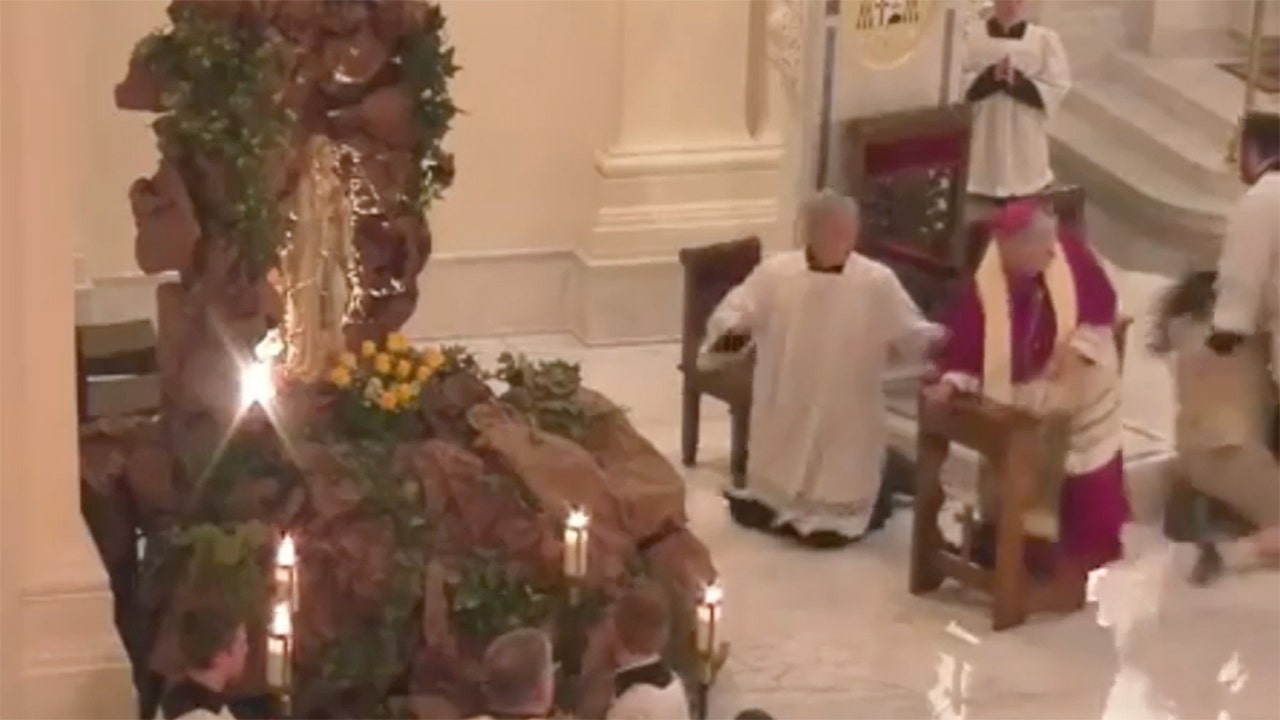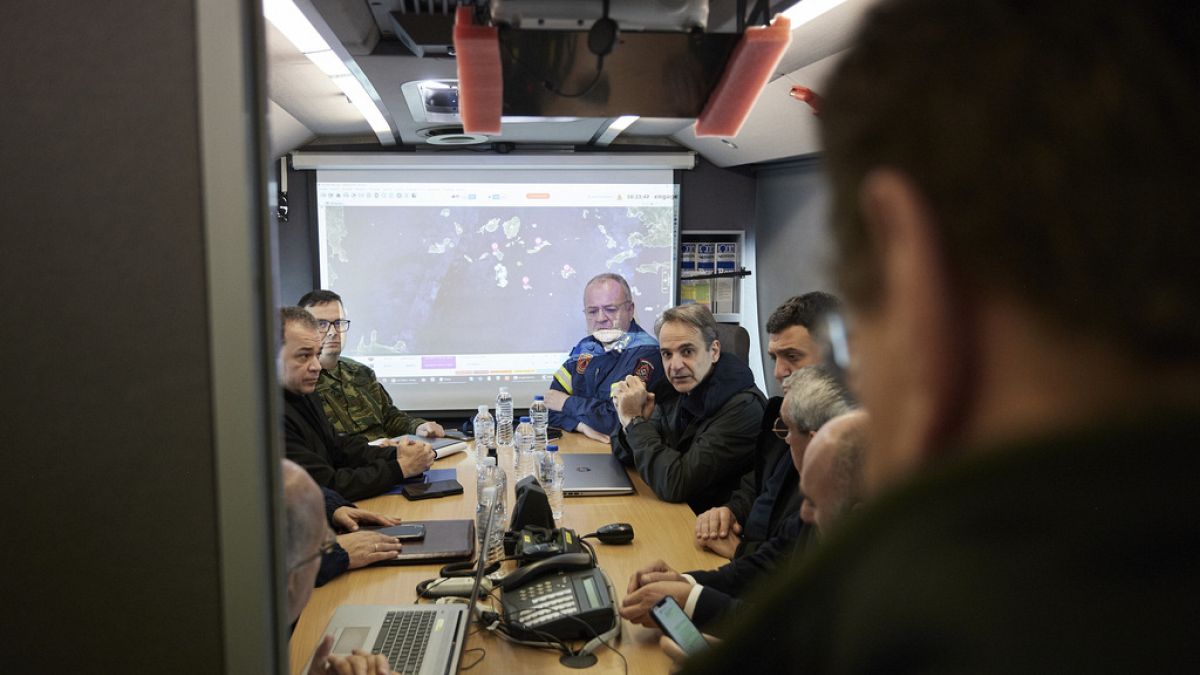Undersea earthquakes this week have prompted the evacuation of more than 10,000 residents and workers.
With seismic activity in in full swing, Greek Prime Minister Kyriakos Mitsotakis visited Santorini on Friday, as the Aegean island imposed more precautionary measures in case of a major earthquake.
During his visit, Mitsotakis inspected emergency preparedness facilities and announced a €3m funding package for constructing an emergency evacuation route in the southern part of the island.
“We are preparing for the worst while hoping for the best. That’s what a serious and organised state must do,” Mitsotakis said during a meeting with local officials.
The heightened seismic activity has prompted authorities to implement additional precautionary measures, including restricting traffic in areas listed as vulnerable to rockslides.
Army trucks have also brought electricity generators to Santorini, while rescuers were deployed earlier this week.
Scientists are continuing to monitor the ongoing seismic swarm of undersea quakes — as strong as magnitude 5.2 — that are mostly affecting Santorini and three nearby islands, where schools have also closed and more limited emergency measures were taken.
Mitsotakis visited Santorini a day after the government declared a state of emergency to allow authorities faster access to state resources.
Despite causing minimal damage so far, the earthquake activity has prompted an exodus of thousands of residents, tourists and seasonal workers, mostly evacuating to the Greek mainland by ferry.
Experts say the seismic activity is unrelated to volcanic activity in the Aegean Sea, but are still unable to say whether the flurry of tremors could lead to a more powerful earthquake.
Greece sits on multiple fault lines, making it one of Europe’s most earthquake-prone countries. Experts say such high seismic activity in Santorini is usual, and that it could last for months.



